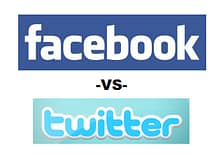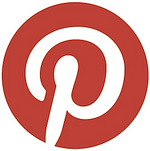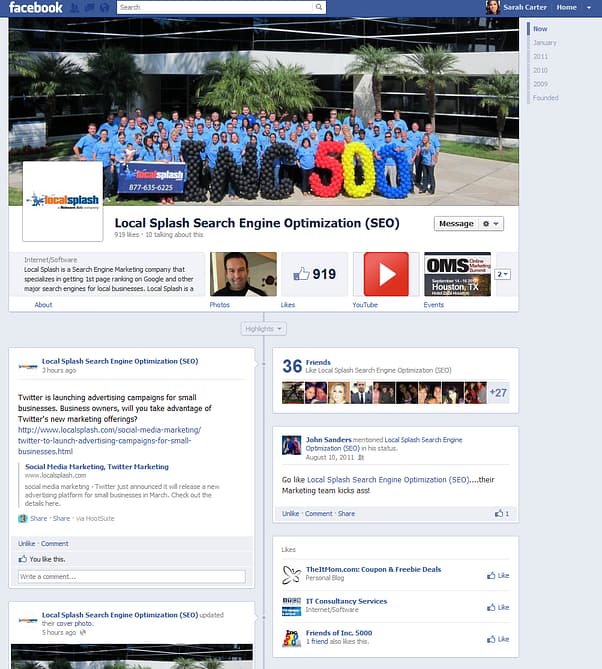
How often should you post?
Facebook: Post about 2-4 times a day on Facebook in order to help your chances of being in your fan’s newsfeeds without becoming a pest. Remember that Facebook takes into account how much interaction your fans have with your company. The more interaction, the more likely your post is to be seen.
Twitter: Twitter moves very fast. It can be very hard to make sure your tweet is seen by your followers because their feed is flooded with so many other recent updates. Posting often will help your tweets be seen, however don’t tweet just to tweet. Make sure you have something interesting to say, otherwise don’t say it at all.
How should you interact with your followers/fans?
Facebook: Ask open ended questions and encourage your fans to share their opinions. People love talking about themselves on social networks so encouraging participation in this way will help boost the interaction between you and your fans. Ask your fans to share stories or photos about their experience with your business or product. If they are bad experiences, address them publically so other users can see that you care and then resolve the issue privately with the customer.
Twitter: On Twitter, responding is very important. When users mention your brand, it’s important to acknowledge them with a response, even if it is just a simple “thank you.” Ask a question and encourage your followers to answer with their opinions. Always respond to these answers to keep the conversation going or at least thank them for their participation.
How should you share photos?
Facebook: Sharing photos on Facebook is easy and a great idea for marketers. Fans can preview a photo before clicking on it or browse through entire albums. The more photos uploaded on Facebook, the better. People love to view and comment on photos often so it’s a great way to engage your fans.
Twitter: Sharing photos on Twitter requires a little more effort than Facebook because you must click a link to see the photo. This extra step means that people will be expecting a great photo if they do decide to click. You must be choosey when deciding which photos to display on Twitter. Make sure you only tweet photos that highlight your product or service in the best way.
Want more ways to make sure your posts are customized specifically for Facebook and Twitter? Stay tuned for part 2!



